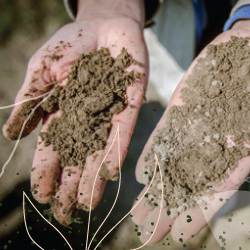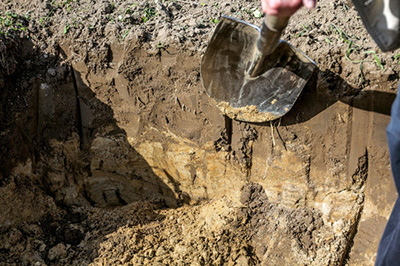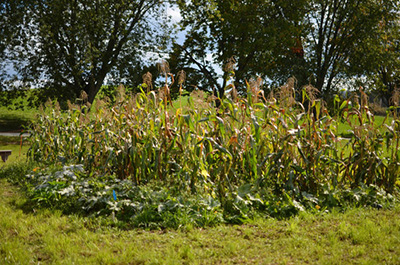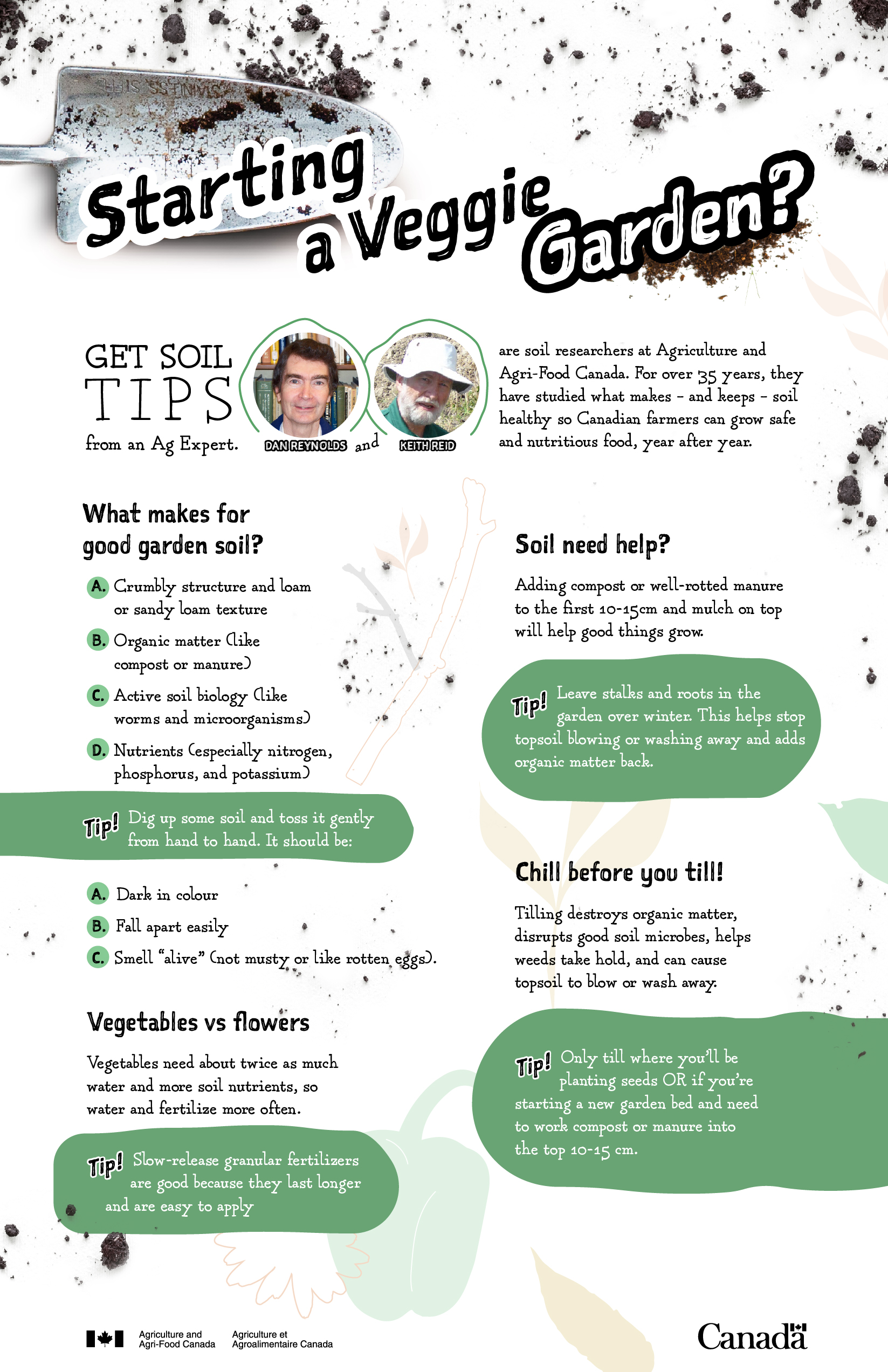This spring, nature is calling out to Canadians once again.
If you, like millions of Canadians, want to give your green thumbs a try, then you may be heading out in the garden to celebrate the beginning of planting season. Gardening is an activity that remains unaffected by COVID-19 physical distancing limits, and it’s a great way for households to connect with nature while providing some light exercise.
We have a wealth of agricultural research at Agriculture and Agri-Food Canada designed to support farmers and food processors keep food on Canadian tables. To encourage Canadians with their gardens, we are sharing a series of gardening tips based on our research, the first of which are about preparing your soil for the season.
A healthy garden begins with quality soil. Canada’s soil takes on different textures across the country. These soils have been studied by Agriculture and Agri-Food Canada (AAFC) researchers for almost 100 years.
Whatever your growing region, as you dig into your garden, here’s the dirt on building better soil.
Soil texture: Feel it out

Checking for soil texture is so easy, the kids can help out.
“You’ll get big clues when you dig up some dirt,” says Keith Reid, an AAFC research scientist. “It should be dark, crumble easily and smell fresh.”
Reid encourages gardeners to toss their soil – that is, gently from hand to hand – for a quality check. If it smells wet or like rotten eggs then “it’s time to get to work adding organic material like compost and well-rotted manure.”
Chill before you till
Tilling a garden can be a destructive thing when it comes to healthy soil. It destroys organic matter, disrupts good soil microbes, helps weeds take hold, and can cause topsoil to blow or wash away. Only till where you’ll be planting seeds or if you’re starting a new garden bed and need to work compost or manure into the top 10 to 15 cm.

Turbo boost: Natural enhancements for soil
Another tip is to use forage mixtures. On the farm, this is when limestone and liquid dairy manure are added to grass and legume plantings. If these are harder items to find for the home gardener, peat moss can be mixed with another type of manure.
AAFC research in Newfoundland and Labrador shows that forage mixtures help improve soil quality while reducing erosion, something that is useful for every home garden. On the farm, using forage mixtures has the added benefit of acting like a turbo boost for feeding cows, as their by-products are absorbed back into the soil. The cows live in harmony with the land, and the cycle continues.
Intercropping: Strength in numbers
An easy technique to use is intercropping. The word may sound like a laboratory procedure, but it just means planting more than one crop together.
“Intercropping allows the soil to hang onto more nutrients,” says Dan Reynolds, a research scientist at AAFC Harrow Research and Development Centre. “These nutrients travel from the soil, to crops, to your belly – it’s a triple win.”

Indigenous communities near the Great Lakes region intercropped corn, squash and beans, and these key items in their food supply are called the “Three Sisters.” Grown together, corn, squash and beans help each other, resulting in much better crop yields.
We encourage all Canadians to try out these three tips in the garden and feel free to adjust them to your needs and interests. For more information, refer to our handy gardening tips infographic. Stay tuned for our next installment of gardening tips.
Starting a veggie garden
Get soil tips from Agriculture and Agri-Food Canada
Dan Reynolds and Keith Reid are soil researchers at Agriculture and Agri-Food Canada. For over 35 years, they have studied what makes – and keeps – soil healthy so Canadian farmers can grow safe and nutritious food, year after year.
What makes for good garden soil?
- Crumbly structure and loam or sandy loam texture
- Organic matter (like compost or manure)
- Active soil biology (like worms and microorganisms)
- Nutrients (especially nitrogen, phosphorus, and potassium)
Tip! Dig up some soil and tossing it gently from hand to hand. It should be:
- dark in colour
- fall apart easily
- smell “alive” (not musty or like rotten eggs).
Your soil needs help
Adding compost or well-rotted manure to the first 10 to 15 cm and mulch on top will help good things grow.
Tip! Leave stalks and roots in the garden over winter. This helps stop topsoil blowing or washing away and adds organic matter back.
Vegetables versus flowers
Vegetables need about twice as much water and more soil nutrients, so water and fertilize more often.
Tip! Slow-release granular fertilizers are good because they last longer and are easy to apply.
Chill before you till!
Tilling destroys organic matter, disrupts good soil microbes, helps weeds take hold, and can cause topsoil to blow or wash away.
Tip! Only till where you’ll be planting seeds or if you’re starting a new garden bed and need to work compost or manure into the top 10 to 15 cm.
Get more Agri-info
- Want more stories like this? Explore what else Agri-info has to offer.
- Interested in reporting on this story? Contact AAFC Media Relations at aafc.mediarelations-relationsmedias.aac@agr.gc.ca to arrange an interview with one of our experts.
